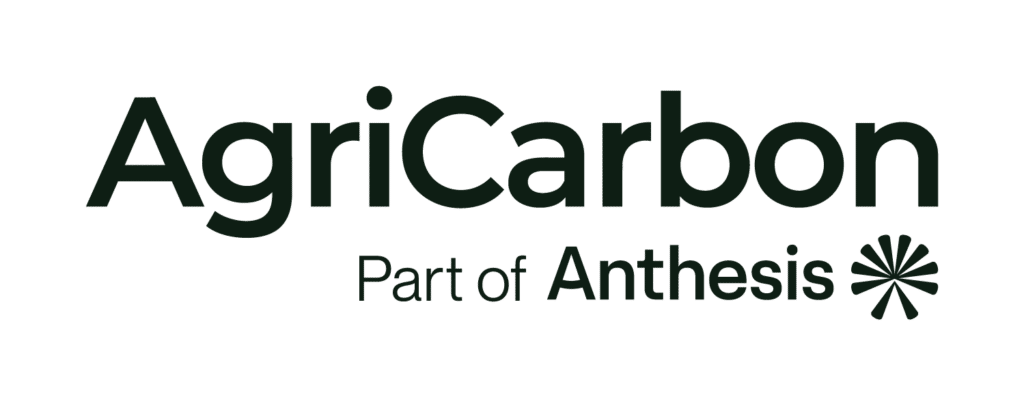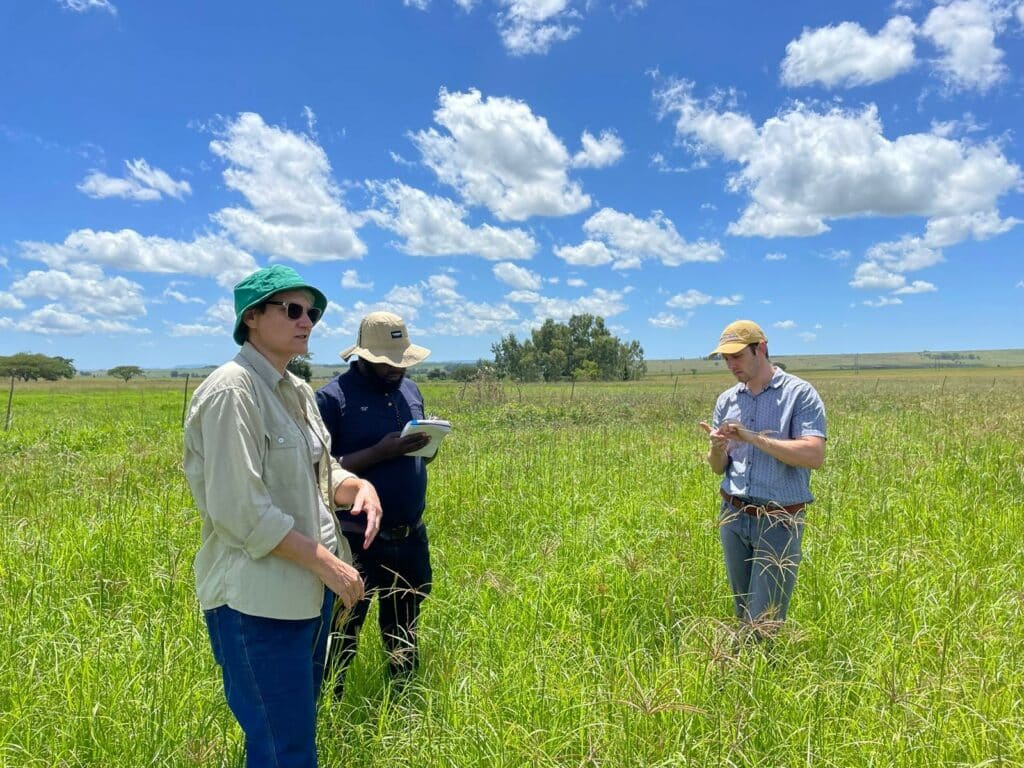In our second sign-up window, we have 75 new farmers enrolled in the programme who have brought on 316 farms, which covers 123 000 hectares of new farmland entered into the programme, with nearly 7500 paddocks enrolled. The data integration for this amount of land is an enormous task as our farmer support team needs to work with each farmer to capture input data for each paddock which amounts to over 800 000 data points.
Where the first enrolment round of the programme exclusively focused on the dairy sector, CNG has subsequently been able to expand the programme to incorporate a range of new high-impact sectors. The programme has prioritized crop and livestock sectors where we know that the implementation of improved land management activities has maximum potential to re-build soils and capture carbon. These priority sectors include maize, wheat, soybeans, oats, sunflower, beef, dairy and pastures. We have however included in a number of other sectors in both cropping and livestock sectors and are gathering baseline data for the inclusion of new sectors in the build-up to our 3rd enrolment round later in 2023.
These new farms outside the dairy sector that were enrolled in round 2 of the programme are more widely spread across the country which, based on our learnings from sign-up window 1, will likely mean a more complex and lengthy audit process, despite all of our learnings from the first enrolment round of the programme. As a result, we have adapted our timelines and are working to complete the validation and verification report by the end of 2023 with the end goal of a carbon issuance in quarter 2 of 2024. The project can be accessed here on the Verra registry.

